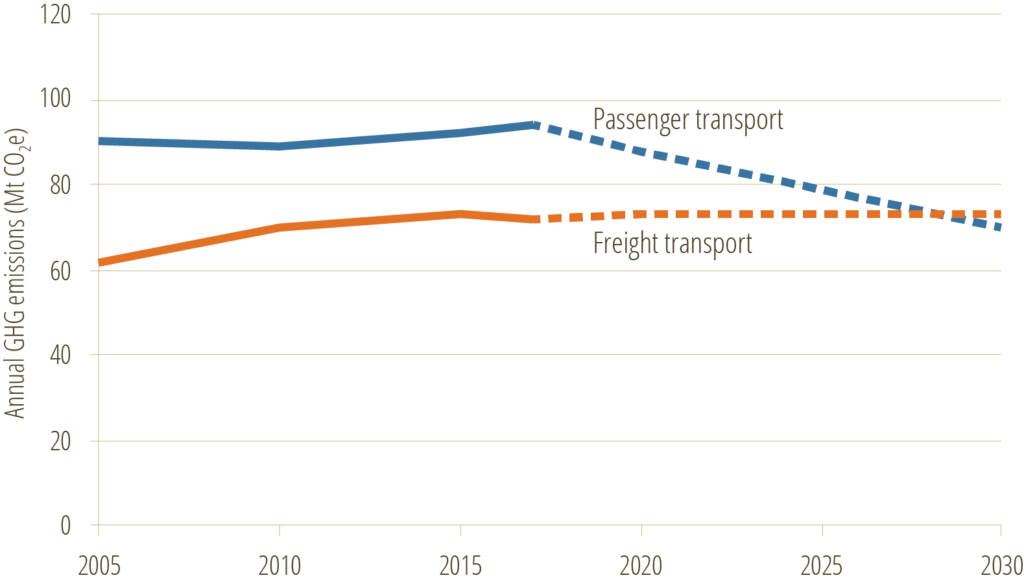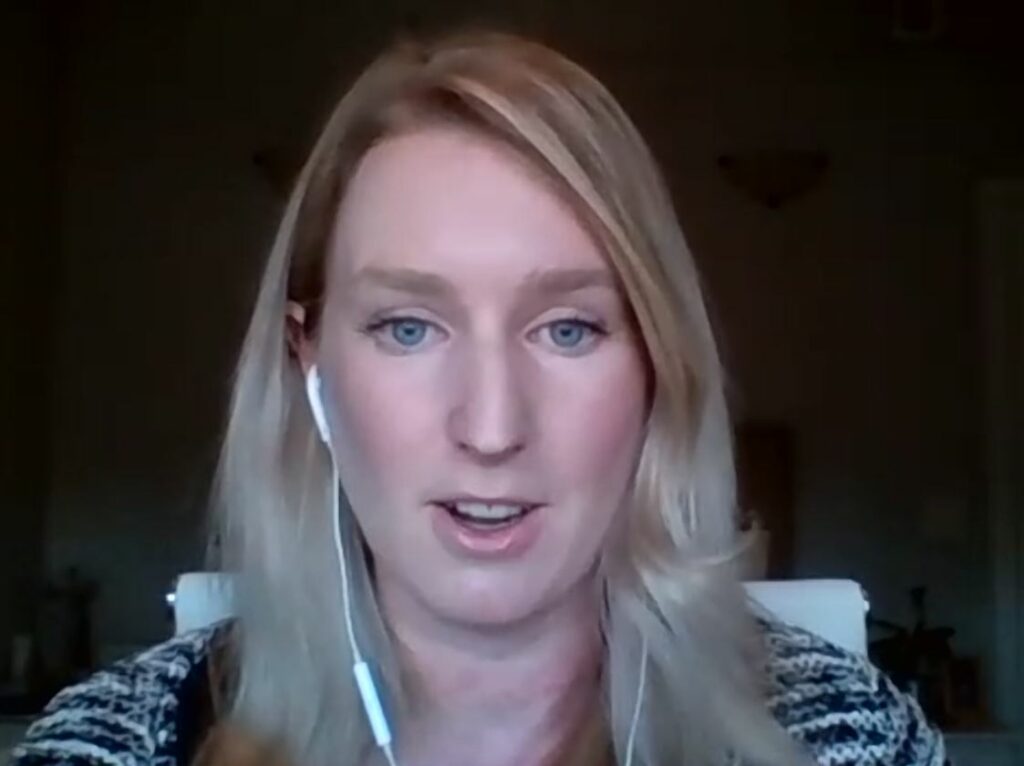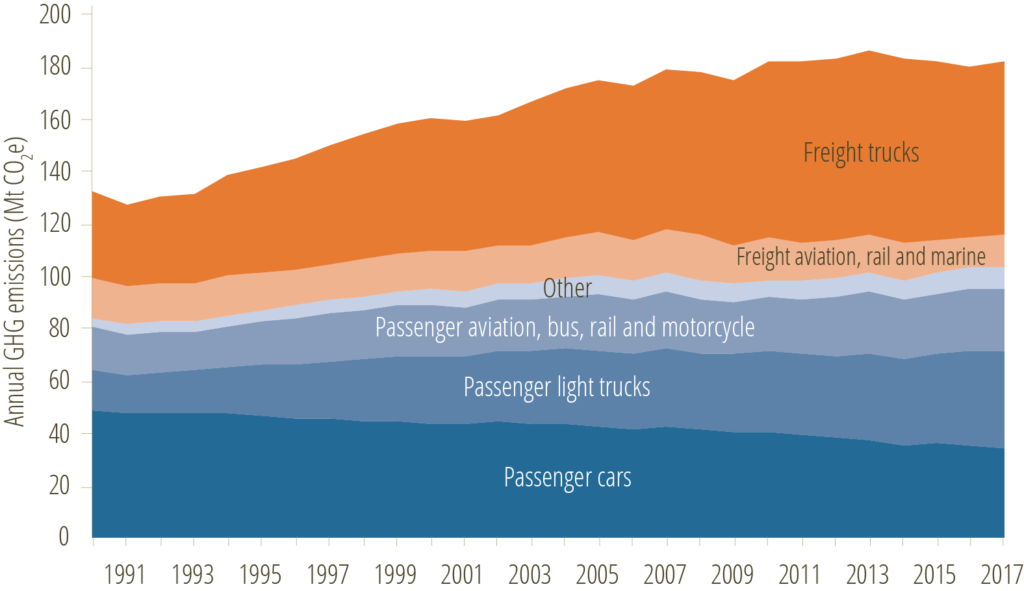Freight’s carbon footprint soaring
BRAMPTON, Ont. – Freight is one of the next frontiers for climate action because it accounts for an increasing share of the transportation sector’s greenhouse gas (GHG) emissions in Canada, the environmental think-tank Pembina Institute warned Friday.
“In fact, at its current rate, it is expected that GHG emissions from freight will surpass those of passenger vehicles by 2030,” said Maddy Ewing, a transportation and urban solutions analyst at the institute.

She was addressing the Smart Freight Symposium 2020.
“As urbanization, economic activity, online shopping and the demand for same-day home delivery increases, the number of delivery trucks and vans on the streets of our cities is growing,” she said.
“Now is the time to consider what the proliferation of delivery trucks is doing to the air that Canadians breathe, and the impact those vehicles are having on global warming.”

She said addressing the emissions impact of freight activity will require a multi-pronged approach, and Pembina sees electrification of last-mile deliveries as a key part of the solution.
In areas where the carbon intensity of grid electricity is low, electric vehicles can reduce GHG emissions, and improve local air quality, she said.
Ewing said there are positive signs too, as several major North American companies have signalled their interest in electric urban delivery vehicles.
She said companies such as Amazon, UPS and FedEx have already placed substantial orders for electric cargo vans, and the Canadian courier Purolator is testing low-speed electric vehicles on delivery routes in Toronto and Montreal.

Barriers remain
Despite growing interest, barriers to urban delivery electrification remain, Ewing said.
They include inconsistent zero-emission vehicle policies; a lack of supporting infrastructure; potentially high utility bills; and a lack of reliable resources and information to navigate, adapt and overcome the changes that are required.
Ewing said Pembina is working with the Atmospheric Fund to address some of the issues.
“We recently launched a project to build a business case for urban delivery electrification in the Greater Toronto and Hamilton Area (GTHA), develop an action plan for urban delivery easy deployment, and establish the zero-emission vehicle supportive policy guide.”
Ewing said Pembina is also working with National Research Council Canada to model urban delivery vehicle operations in the GTHA, quantify expected reductions in GHG emissions and fuel costs, and identify charging infrastructure requirements.
Pembina will release its findings in a policy guide for the government, Ewing said.
Have your say
This is a moderated forum. Comments will no longer be published unless they are accompanied by a first and last name and a verifiable email address. (Today's Trucking will not publish or share the email address.) Profane language and content deemed to be libelous, racist, or threatening in nature will not be published under any circumstances.
So dpf’s have been in new trucks now for over 12 yrs and the soot is not the issue anymore so they dreamed up the term GHGs . Thanks to the EPA and their band of eco-terrorists classifying carbon as a pollutant and now we are supposed to surprises naturally occuring inert, non toxic gases that plants use to live. All while they are pushing the most expensive and in efficient ways of producing electricity. More bs pushed buy unelected so called smart people from the hallowed halls of the indoctrination mill they call acidemia. Thus creating a whole new cottage industry of regulators. All these environmental organizations are a means to milk money out of the private sector. Do some research and follow the money. Al Gore and his massive carbon foot print doesn’t care how many polar bears die and forests burn. These regulations never effect the regulator.
We need to have electric plugs for trucks run heaters and air-conditioning. We need to use better batteries in heavy trucks that last 10 years plus. We need to look at natural gas powered trucks more and minimum freight rates for trucks to push more freight to Rail with natural gas powered train engines. We can do better but it must be done carefully.